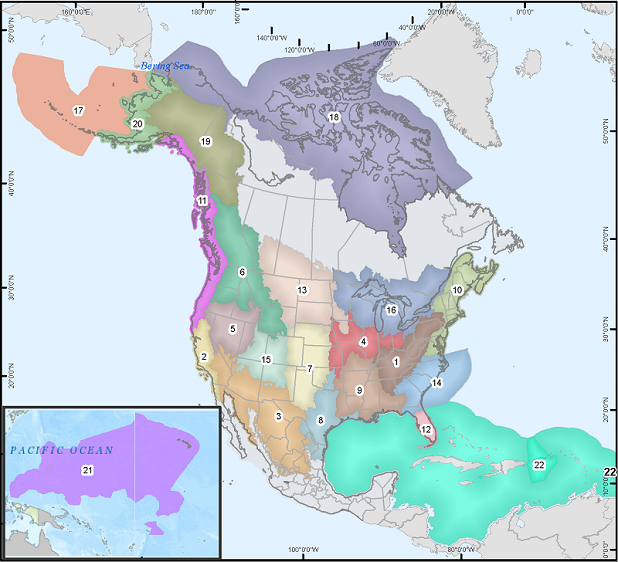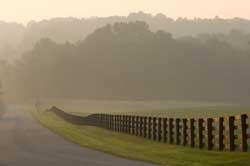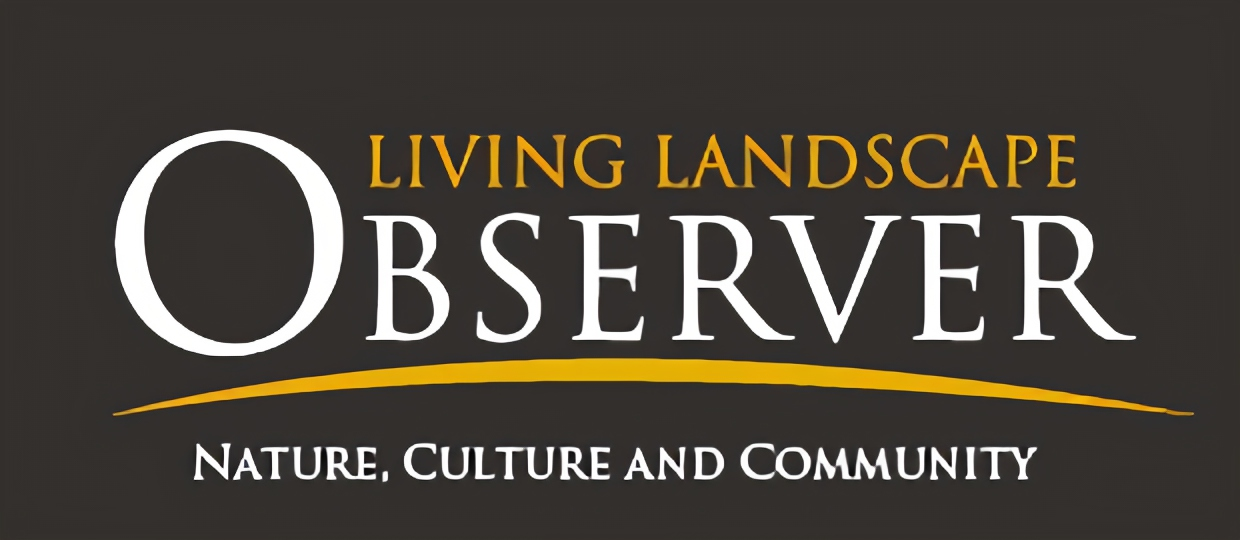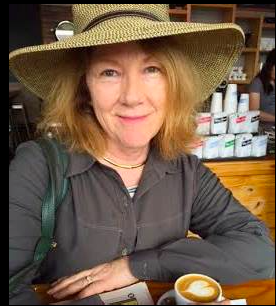To provide observations and information on the emerging fields of landscape scale conservation, heritage preservation, and sustainable community development.
Newsletter
Stay up-to-date with the latest nature, culture and community news.
We won’t spam you or share your information. Newsletters are sent approximately 10 times a year. Unsubscribe at any time.
Reimagining Philanthropy
Private philanthropy has long played a critical role in supporting landscape conservation. To learn more about the future of the field, the Living Landscape Observer recently spoke with Jessica Brown, Executive Director of the New England Biolabs Foundation and Member, IUCN’s World Commission on Protected Areas and ICOMOS/IFLA International Scientific Committee on Cultural Landscapes. Brown co-organized a session at the ICOMOS General Assembly on “Reimagining Philanthropy: Supporting the Integration of Culture and Nature.” In this excerpt from the interview (part 1 in a series of excerpts), we explore the session’s inspiration, key takeaways, and reflections on the evolution of philanthropy in conservation.

Outsized Threats to Large Landscapes
It should come as no surprise to readers of the Living Landscape Observer that conserving large landscapes in the current political climate is no easy task. There are threats to our public lands and proposals to defund the federal programs that conserve our cultural and natural resources. However, the bigger issue is the underlying erosion of landscape scale work throughout our national government. There are systemics challenges to all these efforts that need to be better understood.

The Nature Culture Journey continues: The Presidio in San Francisco
On November 13-14, 2018 US ICOMOS welcomed experts from 15 countries across six continents to a gathering at the Presidio in San Francisco. Titled Forward Together: Effective Conservation in a Changing World, the goal of the symposium was to share a range of ideas on how to integrate culture and nature and to explore ways to shape cultural and natural heritage for long-lasting conservation. Building on earlier international nature/culture journeys, the focus was taking action on the ground.

Shrinking Bears Ears National Monument: What has been Lost
While most people know the outlines of the story, Bears Ears National Monument has been reduced by over 85%, there has not always been a full discussion of what has been lost. At a recent program (April 13, 2018) Bears Ears National Monument and the Future of Our National Monument sponsored by Johns Hopkins University, William Doelle, President and CEO of Archeology Southwest, said it this way “Personally what I see as so important about the Antiquities Act is that it allows landscape scale, protection, preservation and planning… in Bears Ears for the first time the impetus to use the Antiquities Act to establish a monument came from tribal voices.”

Take Notice: Trending for Large Landscapes
Every two years protected area managers, scientists, and every kind of experts on cultural and natural heritage gather at the George Wright Conference to present papers, engage in lively discussions and swap professional gossip at the bar. I always find these meetings to be the place to spot emerging ideas in the field. The 2017 meeting in Norfolk VA was no exception. So what is trending for large landscapes?
Reimagining Philanthropy
Private philanthropy has long played a critical role in supporting landscape conservation. To learn more about the future of the field, the Living Landscape Observer recently spoke with Jessica Brown, Executive Director of the New England Biolabs Foundation and Member, IUCN’s World Commission on Protected Areas and ICOMOS/IFLA International Scientific Committee on Cultural Landscapes. Brown co-organized a session at the ICOMOS General Assembly on “Reimagining Philanthropy: Supporting the Integration of Culture and Nature.” In this excerpt from the interview (part 1 in a series of excerpts), we explore the session’s inspiration, key takeaways, and reflections on the evolution of philanthropy in conservation.

Outsized Threats to Large Landscapes
It should come as no surprise to readers of the Living Landscape Observer that conserving large landscapes in the current political climate is no easy task. There are threats to our public lands and proposals to defund the federal programs that conserve our cultural and natural resources. However, the bigger issue is the underlying erosion of landscape scale work throughout our national government. There are systemics challenges to all these efforts that need to be better understood.

The Nature Culture Journey continues: The Presidio in San Francisco
On November 13-14, 2018 US ICOMOS welcomed experts from 15 countries across six continents to a gathering at the Presidio in San Francisco. Titled Forward Together: Effective Conservation in a Changing World, the goal of the symposium was to share a range of ideas on how to integrate culture and nature and to explore ways to shape cultural and natural heritage for long-lasting conservation. Building on earlier international nature/culture journeys, the focus was taking action on the ground.

Shrinking Bears Ears National Monument: What has been Lost
While most people know the outlines of the story, Bears Ears National Monument has been reduced by over 85%, there has not always been a full discussion of what has been lost. At a recent program (April 13, 2018) Bears Ears National Monument and the Future of Our National Monument sponsored by Johns Hopkins University, William Doelle, President and CEO of Archeology Southwest, said it this way “Personally what I see as so important about the Antiquities Act is that it allows landscape scale, protection, preservation and planning… in Bears Ears for the first time the impetus to use the Antiquities Act to establish a monument came from tribal voices.”

Take Notice: Trending for Large Landscapes
Every two years protected area managers, scientists, and every kind of experts on cultural and natural heritage gather at the George Wright Conference to present papers, engage in lively discussions and swap professional gossip at the bar. I always find these meetings to be the place to spot emerging ideas in the field. The 2017 meeting in Norfolk VA was no exception. So what is trending for large landscapes?


